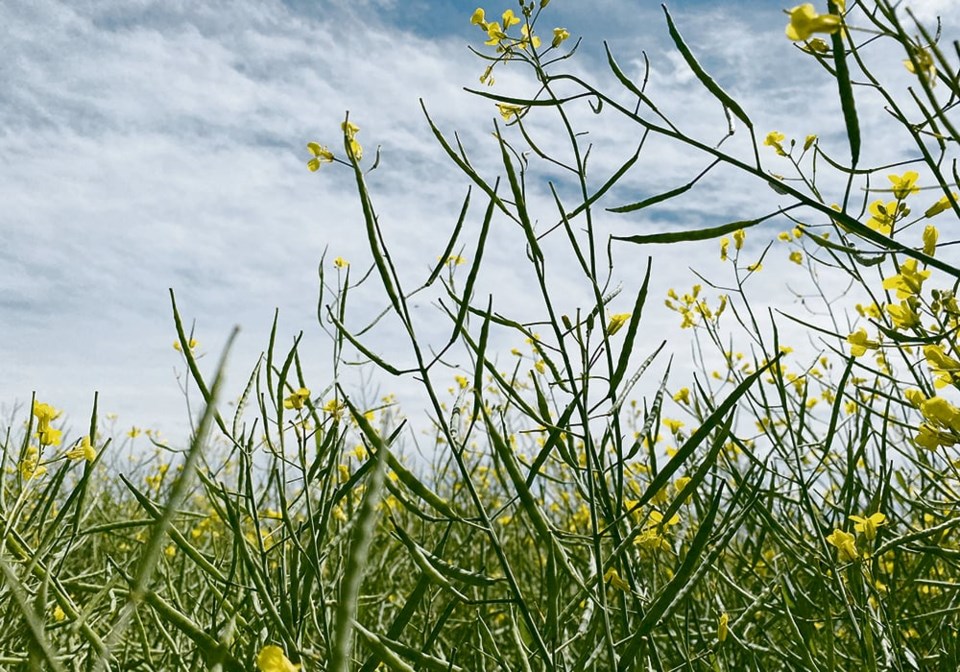ST JEAN BAPTISTE, Man. — It was probably the last thing that farmers, burned by canola prices that have tumbled by more than $200 per tonne since summer, wanted to hear.
“We have been too expensive,” Jenessa Peristerakis, a senior grain marketing adviser at Cargill, said during the St Jean Farm Days in Manitoba.
As her Cargill colleague, Gerhard Greyling, noted last week at Manitoba Ag Days in Brandon, Canada’s domestic canola prices are so high they are causing weird things to happen.
“We’ve actually been importing canola from Europe,” said Greyling, referring to Canada’s domestic canola processors.
Recent world export pricing shows Canadian canola is US$45 per tonne higher than other major exporters, such as Australia. That price differential means poorer canola buyers aren’t going to look at Canadian canola.
That leaves China, which is Canada’s biggest export purchaser, and four others: Mexico, the United States, United Arab Emirates and Japan. Those buyers are more quality conscious than others and willing to pay higher prices, but they can only be pushed so far.
“At the moment we are outpriced and that is why we are losing market share,” said Greyling.
North American domestic demand has been good, saving Canadian canola’s bacon. Biofuel demand is booming and animal feeding is consuming much meal.
But once offshore markets have to be sought, the situation gets dicey. Recent slow movement of Canadian canola off farms and through the system is a symptom of canola prices that don’t entice a pull from port buyers.
At the same time, farmers are deeply disappointed with canola prices that had soared sky high in a two-year bull market. In 2022 canola futures spent most of the year above $1,000 per tonne, and $1,200 prices popped up enough times to make many hope new equilibrium prices had been reached.
In 2023, futures spent much of the year above $800 per tonne, making that level seem like a hopeful equilibrium level. After seeing $1,200 and long periods at $1,000, $800 seemed like a not terribly high price.
However, that’s just how it might have felt to western Canadian farmers during the rally. With prices today lower than $650 per tonne, farmers are sour on the market, but overseas users are still smarting from previous prices and find they can pick up canola elsewhere even cheaper than what Canadian farmers are willing to sell it for today.
The squeeze on profitability has been a hot topic for everybody at meetings across farm country. While farmers today might feel burned by what’s happened in canola prices, most can still be profitable this year. As always, the biggest factor will be weather and production success.
A big crop will cover a lot of shrinkage in prices.
Still, Canada’s canola is overpriced by world standards and is demonstrating that it can only be pushed so far. Farmers need to understand that, Greyling said. South America has lots of soybeans on hand. Australia and Ukraine are boosting canola acres. The world isn’t short of vegetable oil.
“They’re replacing us,” said Greyling.
“Canadian canola is losing market share. The market is showing us that we are replaceable.”
Domestic crushing is the saviour right now, soaking up some of the hefty stocks that are building. Greyling said farmers need to keep an eye on that domestic demand because any weakening there will be bad news.
“Even though we have this great big crop, we still have the use for it,” said Greyling.
“As soon as we see the usage drop, that becomes more concerning.”
Contact [email protected]




